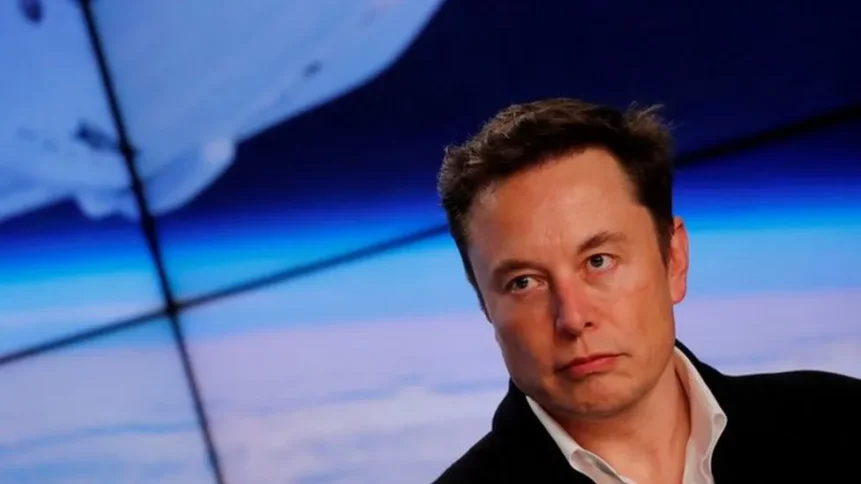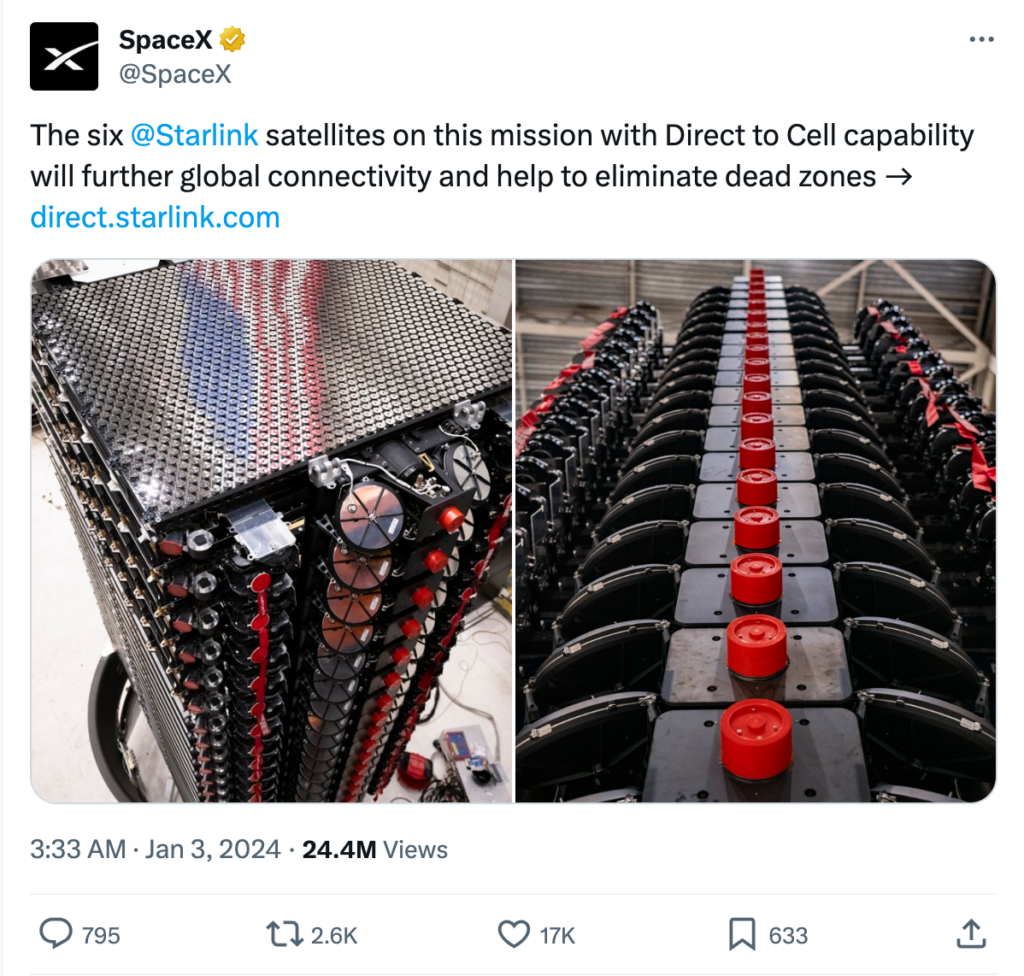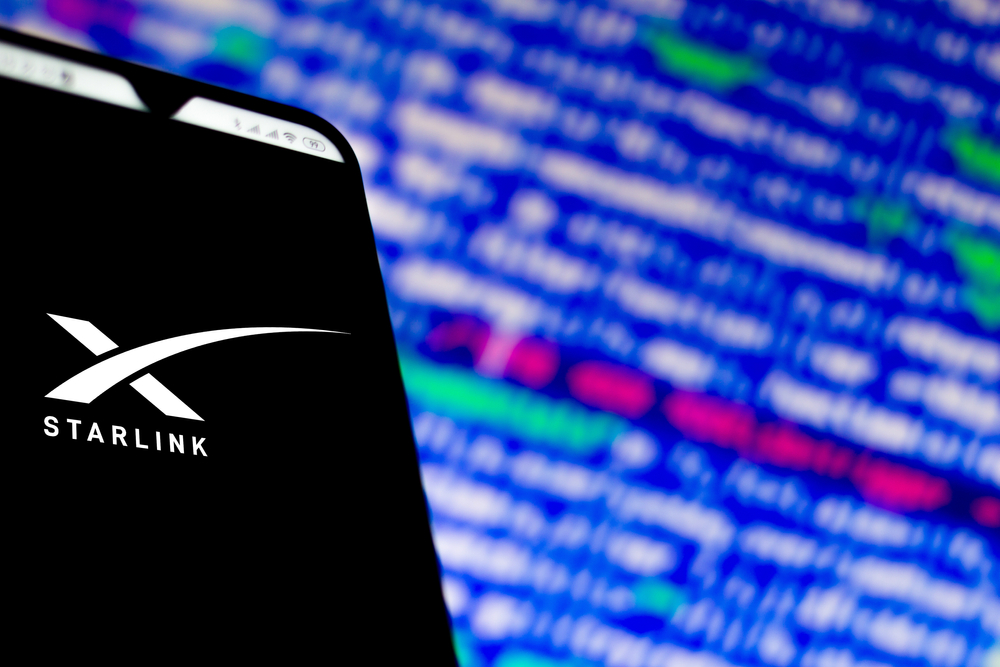SpaceX: escape to low-Earth orbit

• SpaceX launched six new Starlink satellites to herald the new year.
• The SpaceX launch could prove a handy distraction from lawsuits at home.
• Direct to Cell service could take us a step further to ubiquitious cell coverage.
Starting the year off strong, SpaceX launched six Starlink satellites on January 2nd. They were among 21 satellites put into orbit overall and will provide cellular transmissions – that’s ‘texts,’ for those who don’t speak tech – for T-Mobile customers.
SpaceX announced the launch of its 21 satellites to “low-Earth orbit” from Vandenberg Space Force Base in California, saying that number included “the first six Starlink satellites with Direct to Cell capabilities.” It went on to say that this will enable “seamless global access to texting, calling, and browsing wherever you may be on land, lakes, or coastal waters, without changing hardware or firmware.
“The enhanced Starlink satellites have an advanced modem that acts as a cellphone tower in space, eliminating dead zones with network integration similar to a standard roaming partner,” the company said.

Starlink satellites offering Direct to Cell capabilities.
As well as T-Mobile, which has signed up for the US, several other carriers have signed up to use the direct-to-cell satellites: Rogers in Canada, KDDI in Japan, Optus in Australia, One NZ in New Zealand, Salt in Switzerland, and Entel in Chile and Peru.
SpaceX says its new satellites will spread connectivity
Starlink’s direct-to-cell website says the service will only provide text messaging when it becomes available in 2024, with voice messaging and data service coming sometime in 2025. Perhaps the biggest breakthrough is that the low Earth orbit satellites will work with regular LTE cell phones – earlier services required phones specifically built to use the satellites.
By 2025, the company says, the direct-to-cell satellites will also connect with Internet of Things devices.
Field testing of Starlink satellites with the T-Mobile network will begin soon, said the mobile provider. “”With well over half a million square miles of the US and vast stretches of ocean unreachable by terrestrial network coverage due to terrain limitations, land-use restrictions and more, this new service aims to give customers a crucial additional layer of connectivity when and where they need it most,” the company explained.
It noted that the SpaceX launch on January 2nd was the “first of many” to include Starlink satellites with cellular capabilities, but was vague about when the different components of direct-to-cell service will become available to customers.
The partnership between T-Mobile and SpaceX was announced in August 2022. At the time, Elon Musk said it would provide beta service before the end of 2023. By March of 2023, the companies were still planning tests to happen within the year, but this clearly never came to fruition.

New SpaceX satellites to boost cell coverage?
With all the drama over X/Twitter, you’d be forgiven for forgetting that Musk is also CEO of SpaceX. After the launch, he took to the site to explain that the satellites will “allow for mobile phone connectivity anywhere on Earth,” but “this only supports ~7Mb per beam and the beams are very big.”
“While this is a great solution for locations with no cellular connectivity, it is not meaningfully competitive with existing terrestrial cellular networks,” Musk wrote.
While the company has been burning money launching satellites, it’s also been accused of unlawfully firing eight workers. A hearing is scheduled for March 5th, when the case will be heard by an administrative judge if SpaceX doesn’t settle beforehand.
The complaint by a US labor agency says employees sent an open letter to the firm’s executives in 2022, detailing workplace concerns. Many of those worries related to Mr. Musk personally – the case claims this is why the signatories were fired.
The letter called Musk a “distraction and embarrassment,” Reuters reports.
SpaceX has been accused of violating workers’ rights under federal labor law, which allows co-workers to jointly advocate for better working conditions. The complaint says those involved in the open letter were interrogated before being discharged.
Lawyers for Deborah Lawrence, one of the former employees, have accused SpaceX of having a “toxic culture,” where harassment is tolerated. A statement from Lawrence reads that “We wrote the open letter to leadership not out of malice, but because we cared about the mission and the people around us.”
If it’s found that the firings did violate labor law, the workers can be reinstated and given back pay – irrespective of how pratically awkward such a return would be!
Violation of rights
Both Tesla and X have been accused of violating employees’ rights before. The employee fired from X had tweeted challenging the company’s return-to-office policy. In August 2023, the US Department of Justice sued SpaceX, alleging it discriminated against refugees and asylum seekers in its hiring practices – an argument which, while technically separate, would find sustenance in Musk’s recent personal tweets about immigration into the US.
So, there’s a mixed bag of news for Musk’s empire as we enter 2024. As with Trump, it could be that the CEO doesn’t care, so long as there is news about his companies, as it keeeps everyone talking about his properties and projects.
What’s next for the empire in 2024? Hopefully getting 2 million recalled Teslas back to drivers, with their critical faults fixed.










